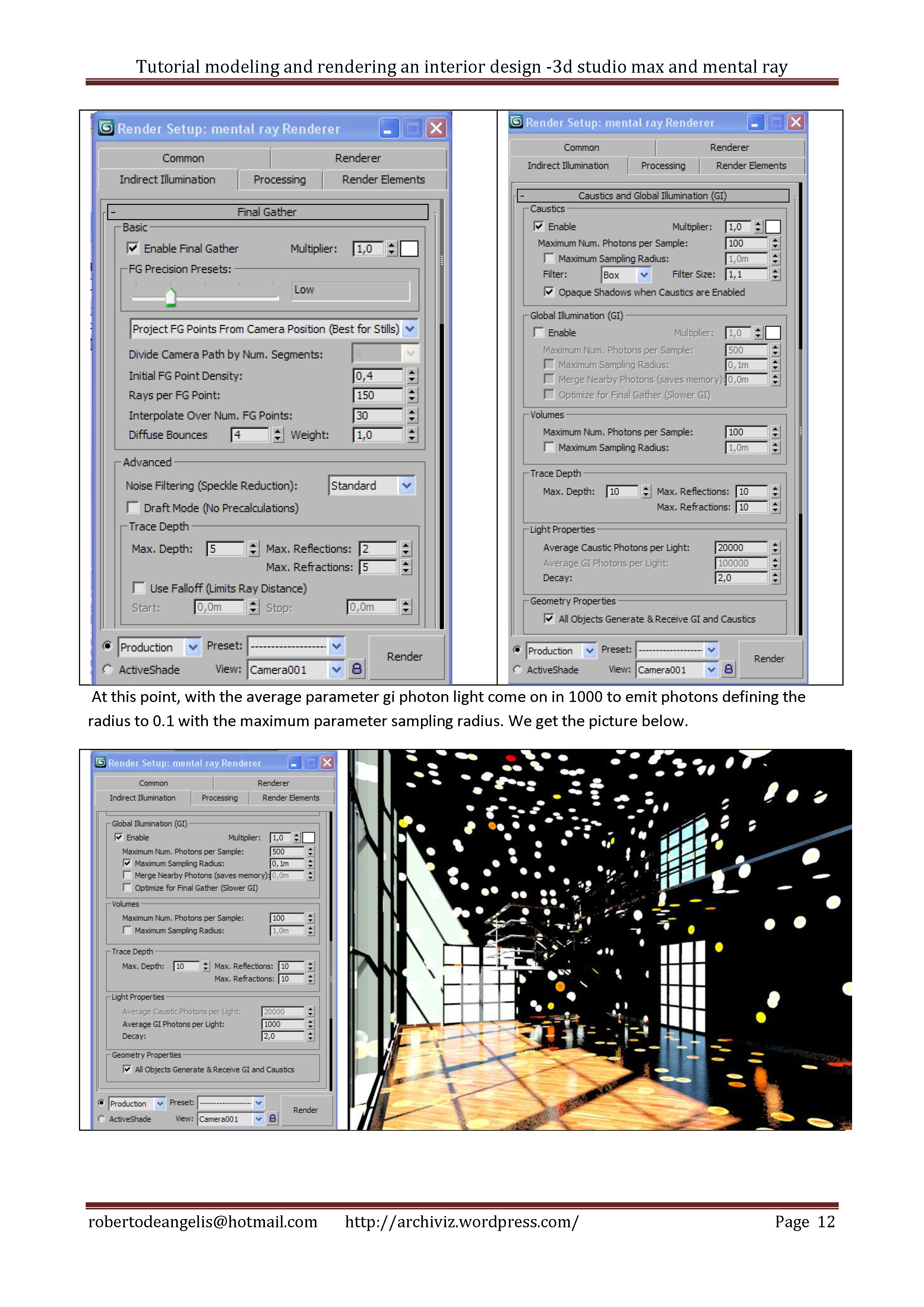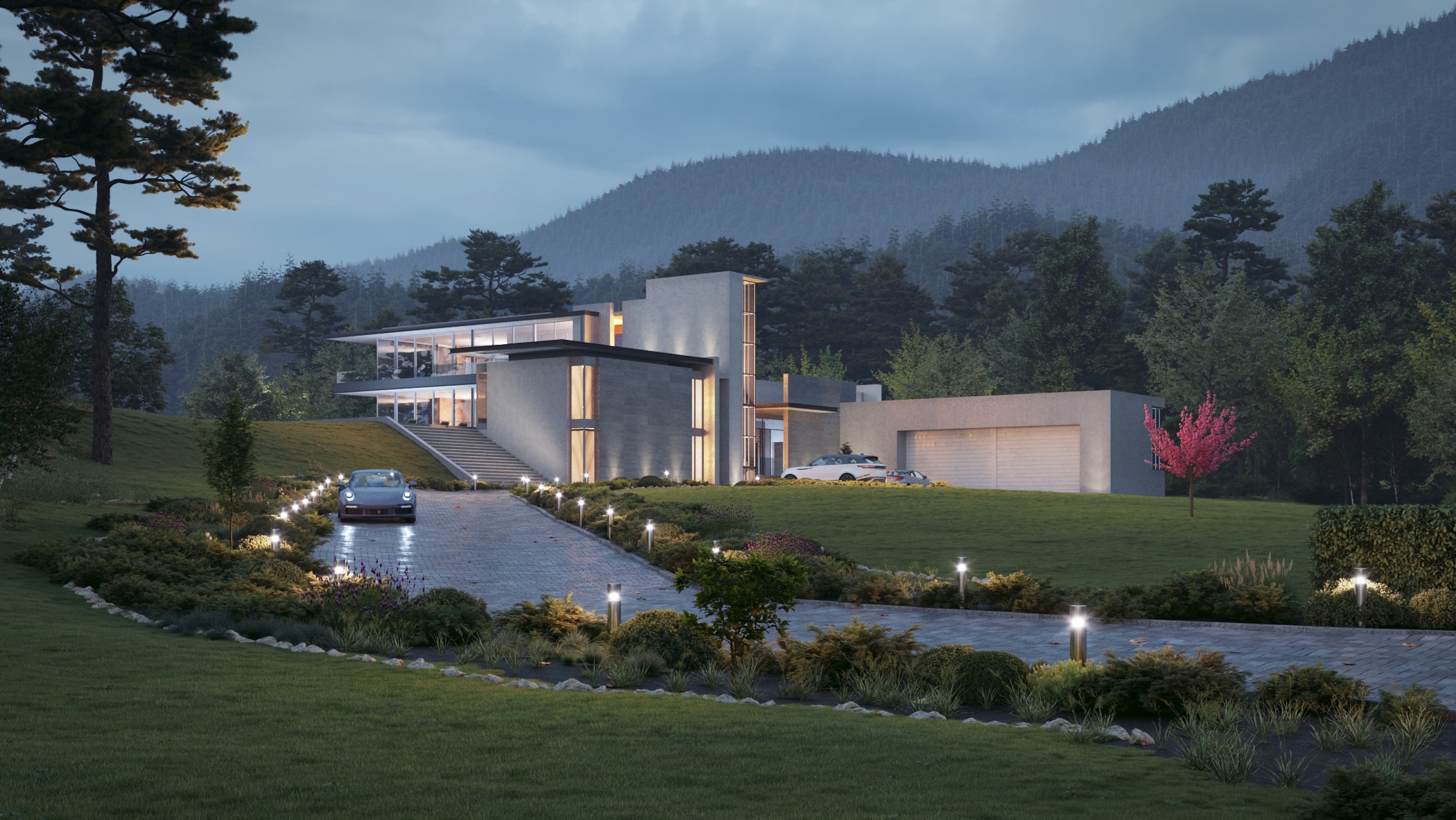
By itself, Revit alleviates much of this pain by the swiftness with which changes can be made. That protects the firm from having to pour resources into making sweeping changes to a drawing set that was not properly worked out on the front end. In most cases, the architect will wait until the design is far enough along that changes moving forward will be minimal before starting in on construction documents. Perhaps even more important is the way VRAY for Revit allows studios to move into construction documents and design development faster than ever before. For all the power it has as a construction management tool and production mechanism, it never had the visual fidelity to complete the package. It makes for a more informative, more efficient feedback loop and does things Revit doesn’t exactly do very well on its own.

With minimal effort, color, materiality, even fundamental massing can be swapped out on the fly and rendered in VRAY to give architects better insight, and clients more options for moving forward with a design. That’s what makes VRAY for Revit such a valuable design tool. With Revit, the ability to swap out materials and adjust the design make rendering different iterations of the same scene fast and easy. It’s great for architects because the model is already being constructed as if it were being built in the real world, so you know the rendered interpretation of that model is going to be 100% accurate. We all know Chaos Group’s flagship rendering engine provides plenty of oomph under the hood, but what most aren’t aware of is how seamlessly the program works with Revit’s unique BIM experience. VRAY for Revit integrates directly into the primary program’s interface. Yes, Revit can make architects and designers lazy, but with the power of integrated rendering software like VRAY, it can be used to improve design rather than jeopardize it.

When using a 2D drafting program like AutoCAD, every line must be accounted for, checked, and checked again to make sure it reinforces something important about the design.

This removes much of the rigor required to design something as complex as a building. Model a wall here, move some windows there, and expect the entire set of drawings to magically coordinate themselves. One of Revit’s most damning critiques is it makes designers lazy. VRAY for Revit is poised to change that equation. The reality is Revit lies somewhere in between the two camps, and while it has come along considerable in terms of user experience and precision, there is still much to be desired from it as a design tool. The few early adopters praised it for construction modeling integration and fast-twitch drawing creation, while hoards of old-guard AutoCAD users bashed it for being lazy, over complicated, and detrimental to the design process. The past decade has proven to be a rough road for AutoDesk Revit.


 0 kommentar(er)
0 kommentar(er)
